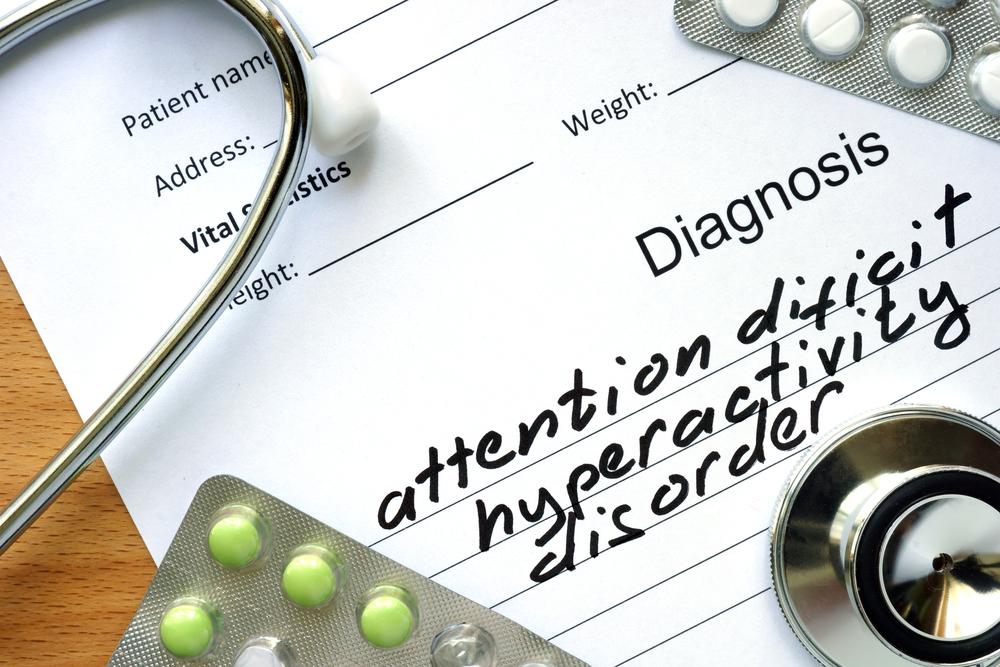Comprehensive Guide to Managing Parkinson’s Disease
This comprehensive article explores Parkinson’s disease, detailing symptoms, dietary influences, therapeutic options including occupational and speech therapy, supportive approaches, medications like Amantadine, and surgical risks such as deep brain stimulation. It emphasizes early diagnosis, lifestyle adjustments, and professional guidance to effectively manage the condition and improve quality of life.

A Complete Overview of Parkinson’s Disease and Management Strategies
Understanding Parkinson’s Disease and Its Treatment
Therapies for Parkinson’s often come with side effects, such as dyskinesia—uncontrolled, jerky movements. The goal of treatment is to alleviate symptoms while minimizing adverse effects over time. Starting treatment promptly after diagnosis can significantly impact quality of life. Studies indicate that delaying therapy or not initiating it immediately can lead to rapid declines in personal well-being.
Dietary Modifications and Their Impact on Parkinson’s
Constipation is common in Parkinson’s. Enhancing fiber and fluid intake—aiming for six to eight glasses daily—can promote healthy bowel movements. Warm drinks early in the day may stimulate digestion.
Foods rich in antioxidants, such as vegetables, legumes, whole grain breads, and oats, support overall health.
Some medications may cause low blood pressure; increasing salt intake can help stabilize it.
Reducing caffeine and alcohol consumption prevents dehydration and maintains a steady pulse rate.
Meal size and timing matter; smaller, more frequent meals are beneficial. Evening muscle cramps experienced by some can be alleviated by eating yellow mustard with turmeric or drinking tonic water containing quinine.
Role of Therapeutic Interventions in Parkinson’s Management
Occupational therapy helps identify everyday challenges, aiding patients in safer, more effective management of tasks like dressing or shopping.
Therapists assist in creating a safer home environment and developing strategies to maintain independence.
Speech therapy addresses problems with swallowing (dysphagia) and speech difficulties, providing exercises and techniques to improve communication and safety while eating.
Additional Supportive Therapies
Massage can help reduce muscle tension and enhance relaxation.
Tai Chi, emphasizing slow, deliberate movements, improves flexibility and balance.
Yoga promotes physical mobility and flexibility.
The Alexander Technique focuses on posture and muscle use to ease strain and pain.
Meditation reduces stress and muscle discomfort by calming the mind and body.
Medications for Dyskinesia
Amantadine is often prescribed to control dyskinesia symptoms like tremors and stiffness.
While effective, it may cause side effects such as dizziness, nausea, or sleep issues; consulting a healthcare professional before use is essential.
Risks of Deep Brain Stimulation Surgery
Potential complications include stroke from brain bleeding, infections, device malfunction, or mood changes, which typically resolve within weeks.










